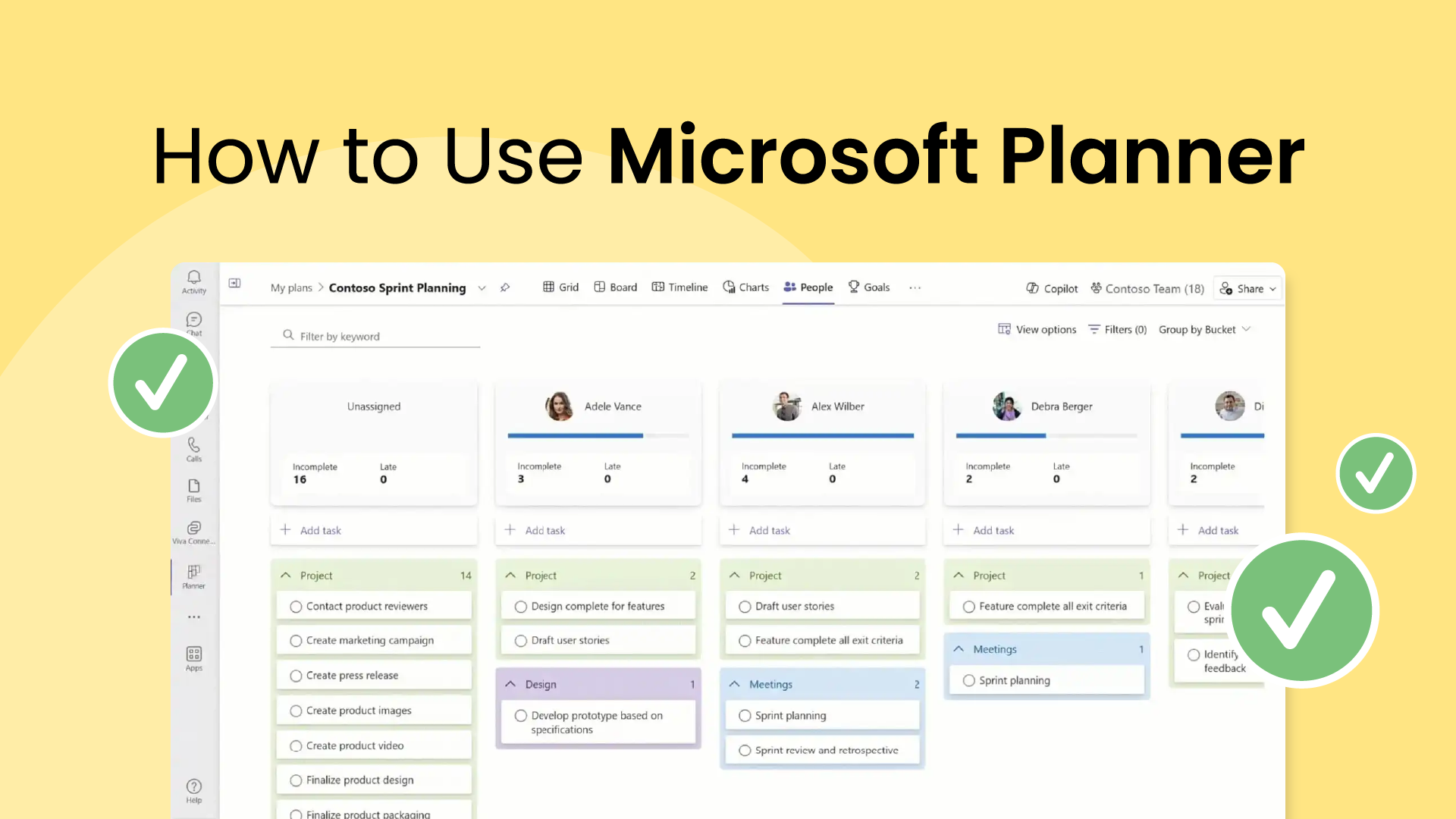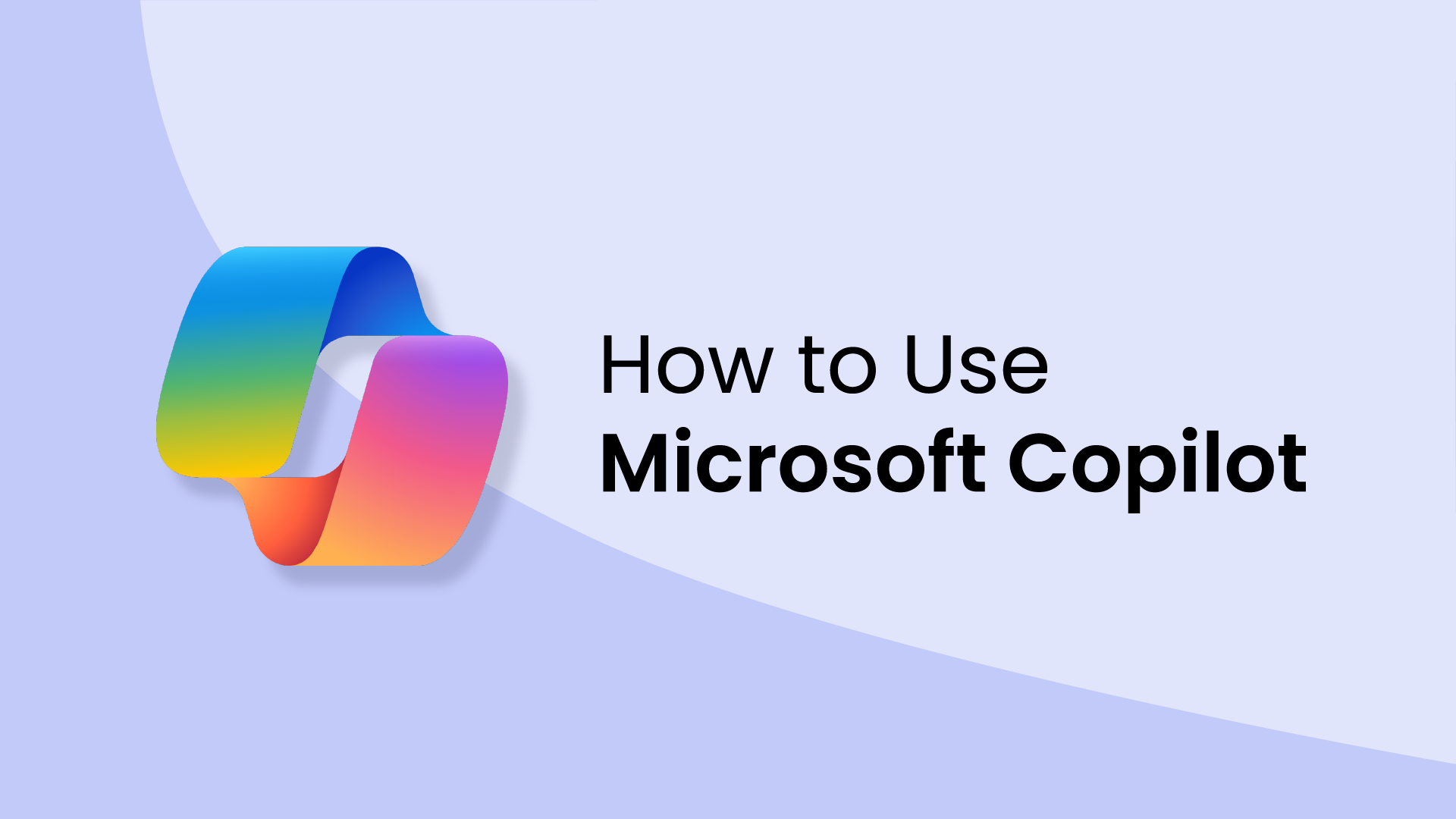What is Find a Time in Google Calendar?
Find a Time is a Google Calendar feature that allows you to see multiple peoples’ schedules side-by-side to identify the best meeting time. Designed to simplify scheduling meetings across coworkers and teams, Find a Time reduces the need for back-and-forth emails or a meeting poll to see when everyone is available to connect.
How to use Find a Time
- Create a new event in Google Calendar and add the people you want to invite.
- Click the "Find a Time" tab. This will display your calendar and the calendars of your invitees (if they've shared their availability).
- Choose the view. You can see everyone's availability for a specific day or for the entire week.
- Find a suitable time slot. You can either drag and drop to select a time that works for everyone or use the "Suggested times" feature to see recommended time slots automatically.
- Once you find a time that works, save the event and send invitations.
How do people book meetings with you?
If other people are within your workspace, they can use Google Calendar's "Find a Time" feature to directly book time with you. This allows users to access your availability, although it is limited solely to your primary calendar. "Find a Time" also doesn't consider personal events or other shared calendars.
If you've explicitly shared your calendar with someone, you can allow them to view and show your calendar in theirs when booking time. This method, however, also has its challenges, as it requires both parties to share the calendar and for the recipient to have it selected in their calendar UI.
Finally, if they're outside of your organization, sharing availability becomes much more complex. This typically involves sending them your availability using a scheduling link or manually sharing specific times.
How does "Find a Time" work?
"Find a Time" only checks the availability of your primary calendar. This means it may not reflect your true availability if you have personal events or use other shared calendars.
The tool does allow you to add multiple people to an invite, and view when they are all busy. However, it only considers “Busy” events as blocked, and “Free” events do not get shown as unavailable.
Nevertheless, people within your organization can activate your calendar in their sidebar in Google, displaying all events, regardless of whether they are free or busy.
How does sharing external availability work?
Scheduling Links are a great way to share your external availability, since Find a Time is not a great feature for this type of meeting scheduling. Users can share their availability across multiple calendars or with teammates, customizing preferences for how their availability is displayed. This is especially useful when dealing with individuals outside your organization.
The traditional manual way involves sharing meeting times via email or chat. While effective, it is a manual process that may not be as efficient as using Scheduling Links.
When should I use Find a Time?
Deciding between using a Scheduling Link or the "Find a Time" feature within your company often boils down to who you're meeting with:
If you're meeting with someone inside your company
Use "Find a Time". This is the preferred option for colleagues, but make sure you've set up Calendar Sync. This gives them a real-time view of your schedule and makes it easy to find a mutually convenient slot. Remember, calendar sharing should be reserved for close colleagues you regularly need to sync with—it's not a sustainable solution for everyone and can expose more event details than you'd like.
If you're meeting with someone outside your company
Use Scheduling Links. These are ideal for external connections. Share your link and let them explore your available times directly on your booking page, without requiring calendar access. However, make sure your availability across multiple calendars is accurate, and set your preferences and priorities to guide them toward the best times to schedule a meeting.



















